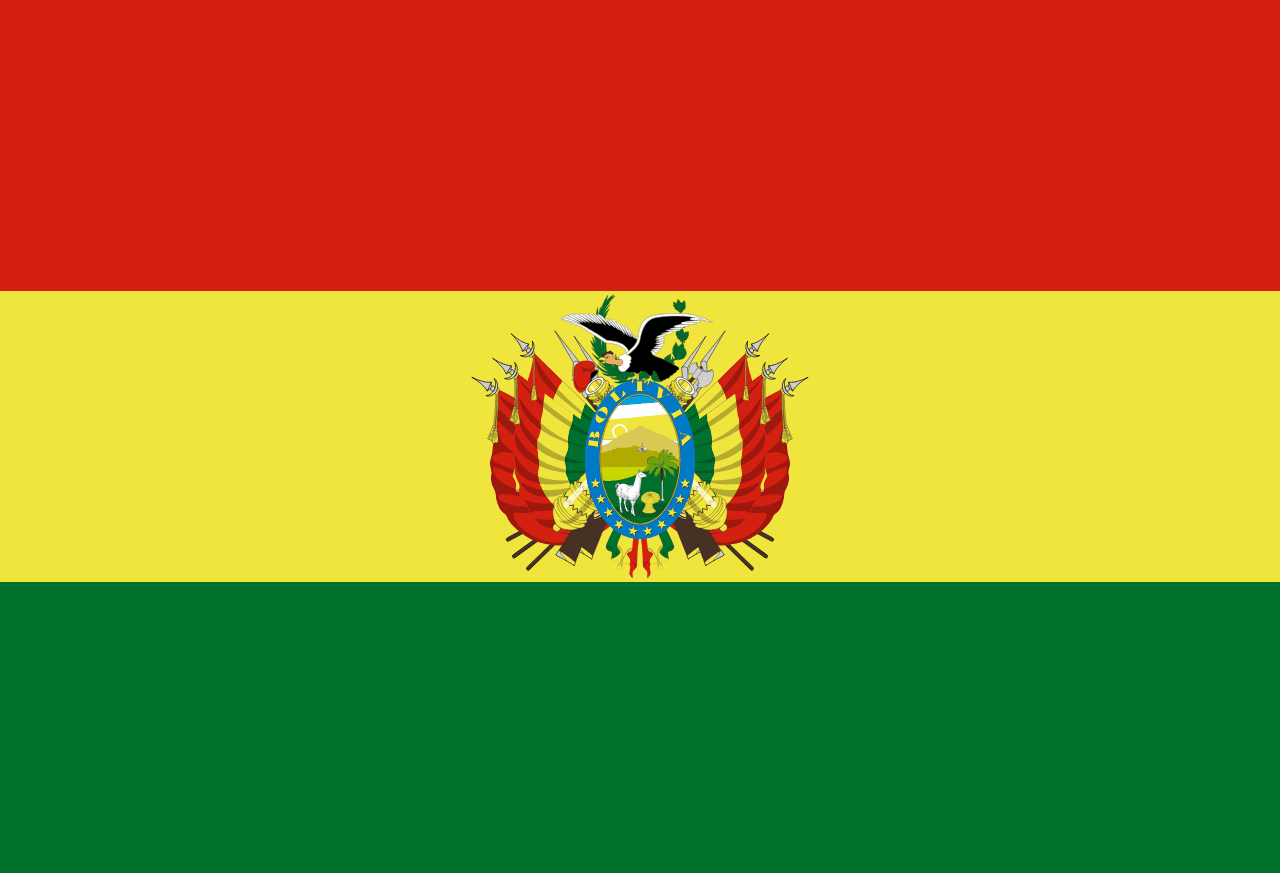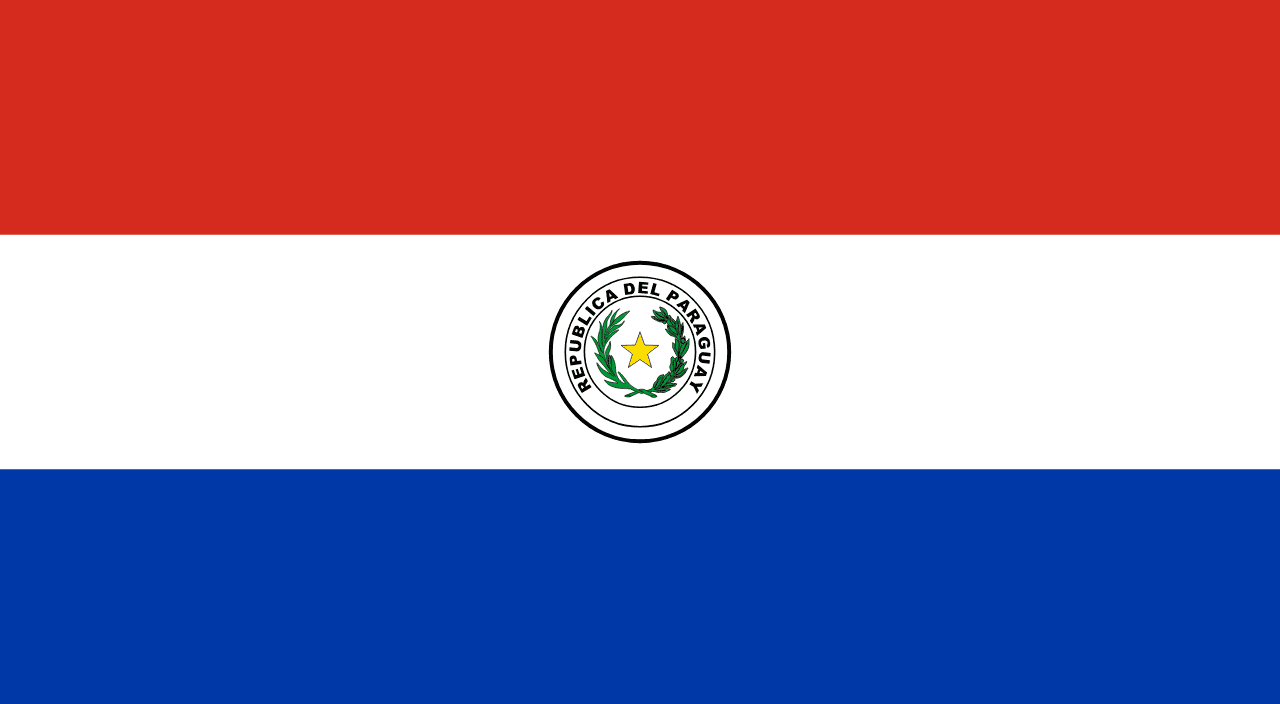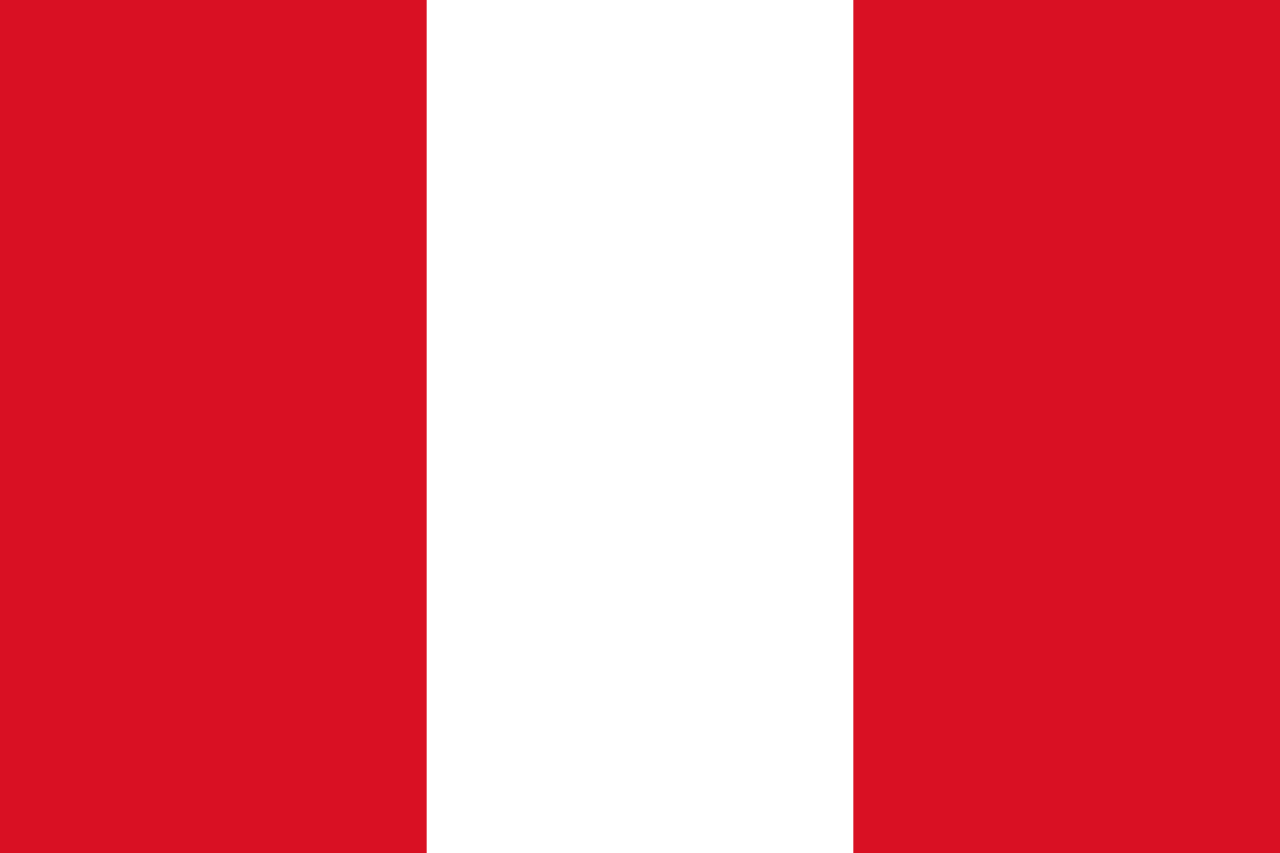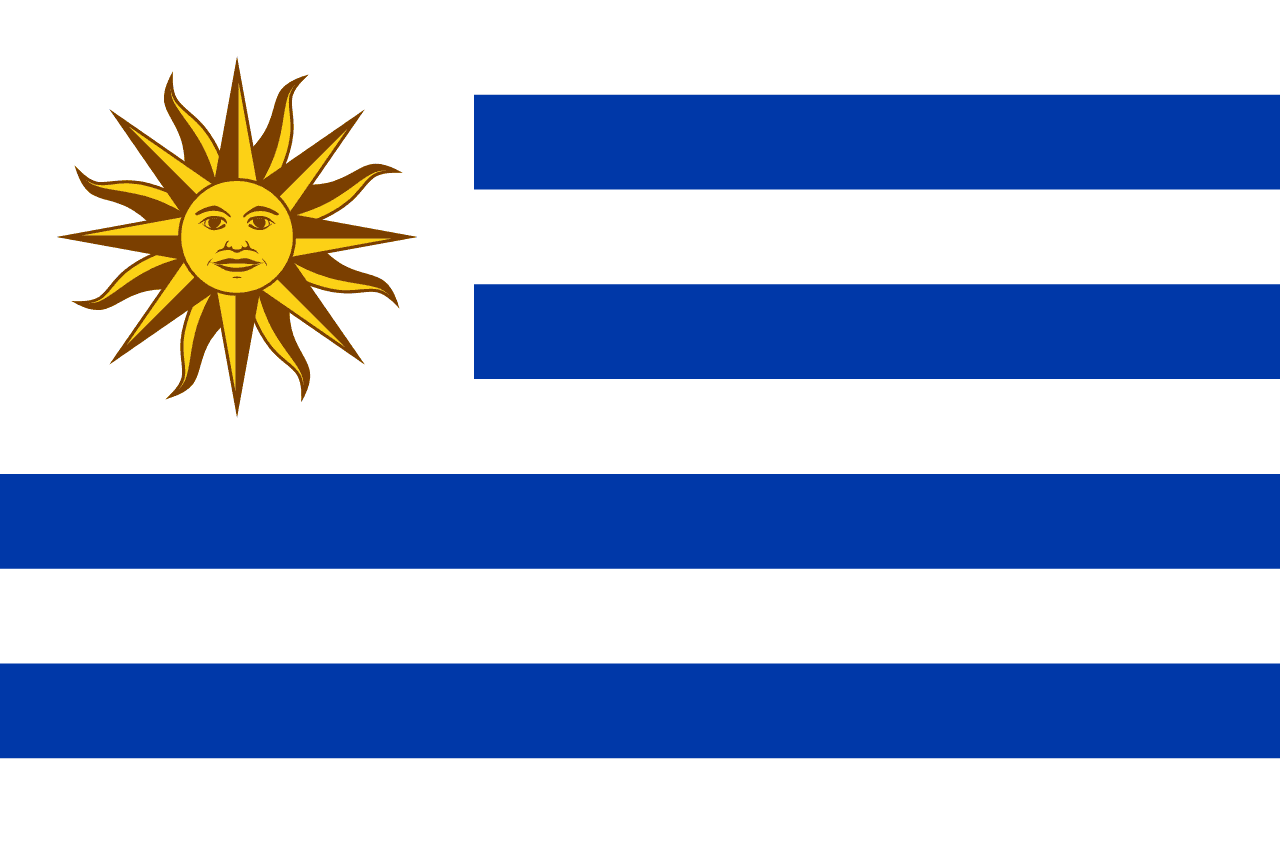Bolivia Flag Meaning
Three horizontal stripes of red, yellow, and blue, with the national coat of arms centered on the yellow stripe in the state flag, representing the valor of the army, the mineral wealth of the nation, and the sky and sea that Bolivia once possessed before losing its coastline to Chile.
- Continent
- South America
- Adopted
- 1851
- Ratio
- 15:22
- Colors
- red, yellow, blue
- Designer
- Unknown

Symbolism
Red Stripe: Represents the valor and bravery of the Bolivian army and the blood shed by heroes who fought for independence from Spanish colonial rule, symbolizing the courage and sacrifice of the nation's patriots.
Yellow Stripe: Represents the abundant mineral wealth of Bolivia, particularly the silver of Potosí and other precious metals that have defined the country's economy, symbolizing the natural resources that make Bolivia rich in potential.
Blue Stripe: Represents the sky above Bolivia and the sea that the country once had access to before losing its Pacific coastline to Chile in the War of the Pacific, symbolizing the nation's maritime aspirations and lost territory.
National Coat of Arms: Features the Cerro Rico mountain, a condor, laurel branches, and ten stars representing the nine departments plus Litoral (the lost coastal province), symbolizing national sovereignty and territorial integrity.
History
- Pre-Columbian Era: Advanced civilizations including Tiwanaku flourished in the Altiplano, followed by Inca expansion that incorporated the region into Tahuantinsuyu before Spanish conquest.
- 1545: Spanish colonizers discovered the silver mountain of Cerro Rico at Potosí, which became one of the world's largest cities and the source of vast wealth that funded the Spanish Empire for centuries.
- 1809: The first independence cry in South America occurred in Sucre (then Chuquisaca), beginning the long struggle for liberation from Spanish colonial rule led by local revolutionaries.
- August 6, 1825: Bolivia gained independence under the leadership of Simón Bolívar and Antonio José de Sucre, naming the new republic after Bolívar and establishing Sucre as the capital.
- 1851: The current flag design was officially adopted during the presidency of Manuel Isidoro Belzu, standardizing the red, yellow, and blue horizontal stripes that had been used since independence.
- 1879-1884: The War of the Pacific against Chile resulted in Bolivia losing its entire Pacific coastline and the mineral-rich Atacama Desert, making it a landlocked country and a source of ongoing national trauma.
- 1932-1935: The Chaco War against Paraguay over disputed territory ended in defeat for Bolivia, costing thousands of lives and further territorial losses while exposing social inequalities.
- 1952: The National Revolution led by the MNR (Revolutionary Nationalist Movement) brought land reform, universal suffrage, and nationalization of mines, transforming Bolivia's social structure.
- 1964-1982: A series of military dictatorships ruled Bolivia, with periods of repression and economic instability, while coca cultivation became increasingly important to rural economies.
- 1985: Hyperinflation reached 23,000% annually before economic reforms stabilized the currency, though structural adjustment policies increased poverty and social inequality.
- 2000-2005: The 'Water Wars' and 'Gas Wars' saw massive indigenous-led protests against privatization policies, leading to the fall of several presidents and the rise of indigenous political movements.
- 2006-2019: Evo Morales became Bolivia's first indigenous president, implementing a new constitution recognizing indigenous rights and plurinational identity while nationalizing key industries.
- 2019-2020: Political crisis followed disputed elections, leading to Morales' resignation and exile, followed by interim government and new elections that brought Luis Arce to power.
Trivia
- Bolivia is one of only two landlocked countries in South America (along with Paraguay) and continues to seek sovereign access to the Pacific Ocean through diplomatic means.
- The flag flies over a country that sits on the world's largest salt flats, Salar de Uyuni, which contains vast lithium reserves crucial for battery technology and electric vehicles.
- La Paz is the world's highest capital city at 3,500 meters above sea level, while the constitutional capital remains Sucre, creating a unique dual-capital system.
- Bolivia has the largest proportion of indigenous people in South America, with over 60% of the population identifying as indigenous, primarily Quechua and Aymara.
- The country has three official languages - Spanish, Quechua, and Aymara - reflecting its plurinational constitution that recognizes 36 indigenous languages.
- Cerro Rico mountain in Potosí is estimated to have produced enough silver during colonial times to build a bridge from Bolivia to Spain, though it cost millions of indigenous lives.
- Bolivia is one of the world's largest coca leaf producers, with coca being both a traditional indigenous crop and the raw material for cocaine production.
- The flag represents a country with dramatic geographical diversity, from Amazonian rainforests to high-altitude deserts, despite being landlocked.
- Traditional textiles and clothing remain important markers of indigenous identity, with each region having distinctive patterns and colors in traditional dress.
- Bolivia experiences reverse seasons due to its location in the Southern Hemisphere, with winter occurring during June-August when the Northern Hemisphere has summer.
- The country has struggled with political instability, experiencing over 190 coups and revolutions since independence in 1825, one of the highest rates in the world.
- Quinoa, now a global superfood, originated in the Bolivian Altiplano and remains a staple crop for indigenous communities despite international demand driving up prices.
- Bolivia is home to the world's most dangerous road, the North Yungas Road (Death Road), which descends from La Paz into the Amazon basin.
- The flag represents a country where football (soccer) is played at extreme altitudes, with La Paz's stadium being one of the highest in the world at 3,600 meters.
- Despite vast natural resources including gas, oil, and minerals, Bolivia remains one of South America's poorest countries due to historical exploitation and political instability.
Related Countries

Paraguay
South America
A horizontal tricolor of red, white, and blue. Unique among national flags, Paraguay’s flag has different emblems on the obverse and reverse sides: the national coat of arms on the front, and the treasury seal on the back.

Brazil
South America
Green field with yellow diamond containing a blue celestial globe with the motto 'Ordem e Progresso'.

Peru
South America
A vertical triband of red, white, and red. The civil flag is a simple triband, while the state flag includes the national coat of arms in the center white band. The design reflects Peru’s struggle for independence and its natural richness.

Uruguay
South America
Nine alternating horizontal stripes of blue and white with a golden sun (Sol de Mayo) in the upper left canton, representing the nine original departments of Uruguay, the clear skies and peace, and the May Revolution that inspired South American independence movements.

Ecuador
South America
Three horizontal stripes with yellow taking the top half and blue and red each taking a quarter, featuring the national coat of arms in the center, representing the abundance of the land, the sky and ocean, and the blood shed for independence.

Chile
South America
Two horizontal stripes of white over red with a blue square in the upper hoist containing a white five-pointed star, representing the sky and Pacific Ocean, the snow-capped Andes Mountains, the blood of patriots, and the guiding star of progress.